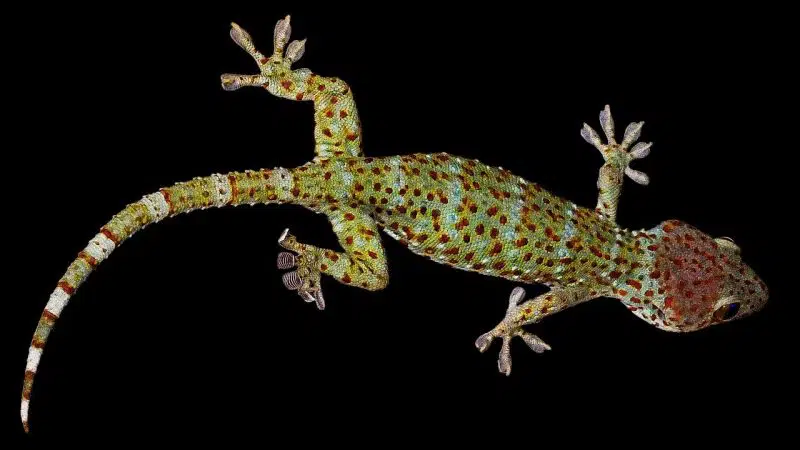Welcome to Choosing, Caring For, and Keeping Your First Pet Lizard.
Pet lizards can make for an intriguing and unique addition to any home. Lizards, being cold-blooded reptiles, have been a popular choice for pet enthusiasts for centuries. They come in various sizes, colors, and shapes; each species has unique characteristics.
Some people find them fascinating to watch and observe, while others appreciate the unique characteristics of each species. Lizards can also make great pets for those allergic to cats or dogs.
Compared to other pets, one of the advantages of owning a pet lizard is that they require relatively low maintenance. Lizards do not require daily walks or grooming; they can go for extended periods without food. They can be a good option for those who live in small spaces and cannot accommodate larger pets.
Let us explore the different types of pet lizards, the advantages of having a pet lizard, and what factors to consider when choosing a pet lizard.
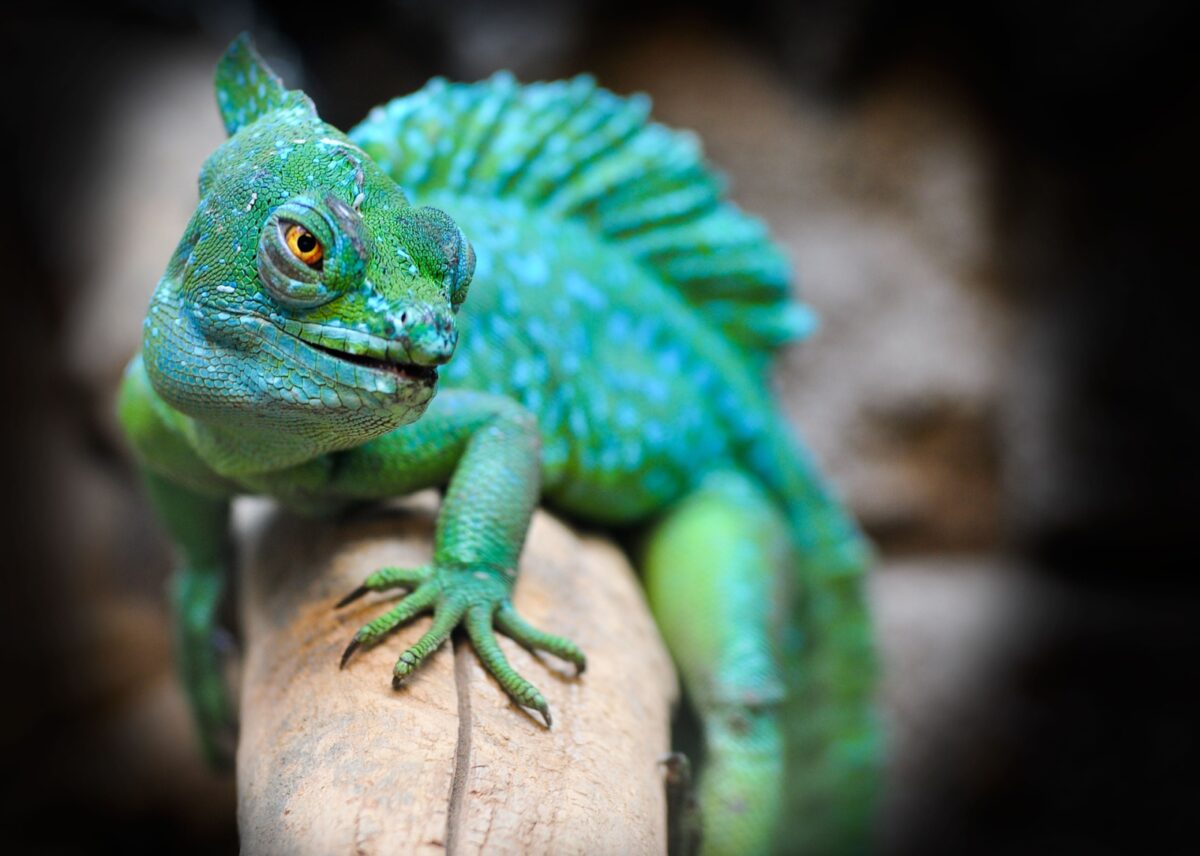
Want to slither ahead? Click below
Types of Pet Lizards
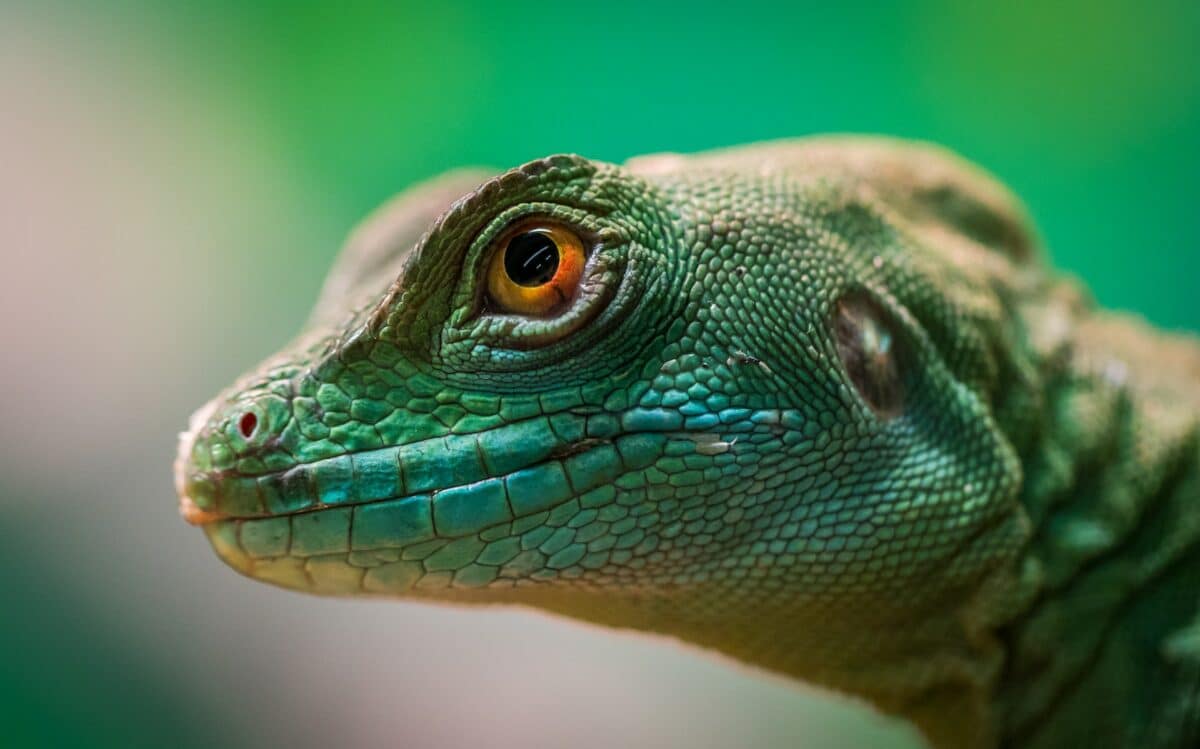
There are various types of pet lizards, each with different characteristics. Here are a few popular types of pet lizards:
Bearded Dragons are a frequently chosen type of pet lizard due to their popularity among pet owners. They are relatively small, easy to care for, and have a gentle disposition. They come in various colors and can live up to 10 years.
- Geckos
Another commonly favored variety of pet lizards is the gecko. In terms of size, they are small and require comparatively smaller enclosures. Additionally, these lizards possess a unique talent for climbing walls and ceilings.
- Chameleons
Chameleons are a distinctive species of pet lizard known for their remarkable ability to change coloration and blend in with their environment. They require more care and attention than other lizards, but their unique characteristics make them popular among pet owners.
- Iguanas
Iguanas are one of the largest species available for ownership in pet lizards. Pet lizards require a generous amount of living space and significant attention from their owners. They can grow up to 6 feet long and require a specialized diet and living conditions.
- Skinks
Skinks are a type of pet lizard in various sizes and colors. They are easy to take control over.
Choosing a Pet Lizard
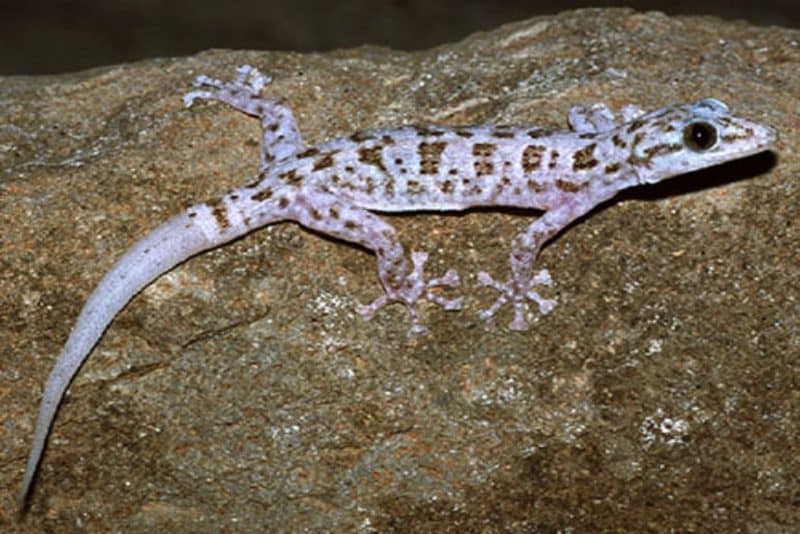
Selecting a pet lizard involves considering several factors.
A. Factors to Consider
- Size:
The size of the lizard is a vital aspect to consider. Giant lizards require more space and a specialized diet, while smaller lizards can be kept in smaller enclosures.
- Temperament:
Some species of lizards are more docile and friendly than others. It’s essential to research each species and determine the best fit for your household.
- Housing Requirements:
Different species of lizards have specific housing requirements. It’s essential to research each species and understand their housing needs before bringing them home.
B. Popular Pet Lizards and Their Characteristics
When it comes to choosing a specific species of lizard, consider your needs and preferences, as well as the care requirements of the species. A variety of pet lizards are commonly kept as pets, including but not limited to bearded dragons, leopard geckos, chameleons, iguanas, and skinks.
To learn about the best lizard pets to keep, click here.
Housing Requirements to Keep a Pet Lizard
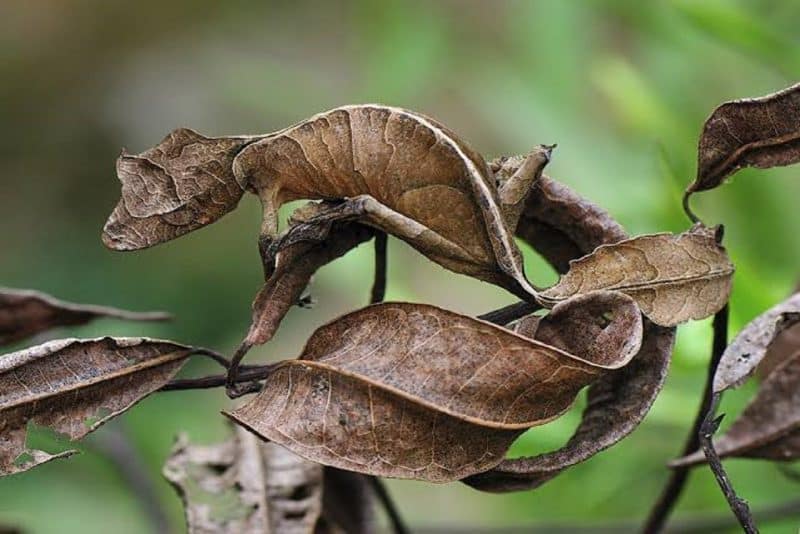
The housing requirements will vary depending on the lizard species, but some general guidelines apply.
A. Size of the Enclosure
The size of the lizard will determine the appropriate size of the enclosure required. As a rule of thumb, the section should be at least three times the lizard’s length and twice the lizard’s width.
This will allow the lizard enough space to move around and explore. It’s important to note that some species of lizards are arboreal, which means they prefer to climb, while others are terrestrial and like to stay on the ground.
B. Lighting and Heating
Lizards are cold-blooded animals, meaning they are ectothermic and depend on their surroundings to manage their body temperature.
That is why providing them with appropriate lighting and heating is essential. Many species of lizards necessitate a specific area for basking that allows them to absorb heat and ultraviolet B (UVB) radiation.
C. Substrate
The enclosure’s flooring is covered with a material known as substrate. The choice of the substrate varies depending on the specific species of lizard. Some popular substrates include sand, coconut fiber, reptile carpets, and paper towels.
D. Decorations
Decorations such as branches, rocks, and hides give your lizard a place to climb, hide, and explore. Choose safe decorations for your lizard that won’t harm them if ingested.
Diet and Nutrition
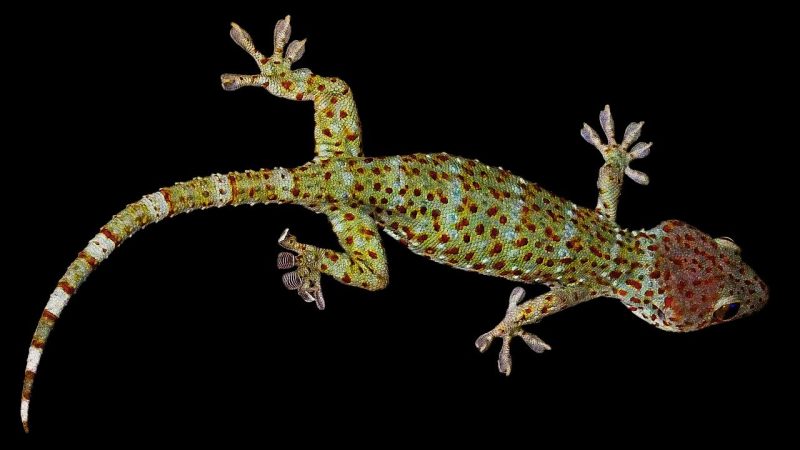
A. Types of Food
A pet lizard’s specific dietary requirements depend upon the particular species in question. Some lizards are strictly herbivores, while others are carnivores. Some lizards are omnivores and require a mixture of plant- and animal-based foods.
B. Feeding Schedule
While some species may require daily feedings, others may only need to be fed a few times weekly. A feeding schedule is necessary for its diet. Providing your lizard simultaneously every day will help them establish a routine and prevent overfeeding.
C. Nutritional Supplements
Some lizards require additional nutritional supplements to get all the necessary vitamins and minerals. Calcium and vitamin D3 are two essential supplements provided to most lizard species. These supplements can be dusted onto the lizard’s food before feeding.
Handling and Taming
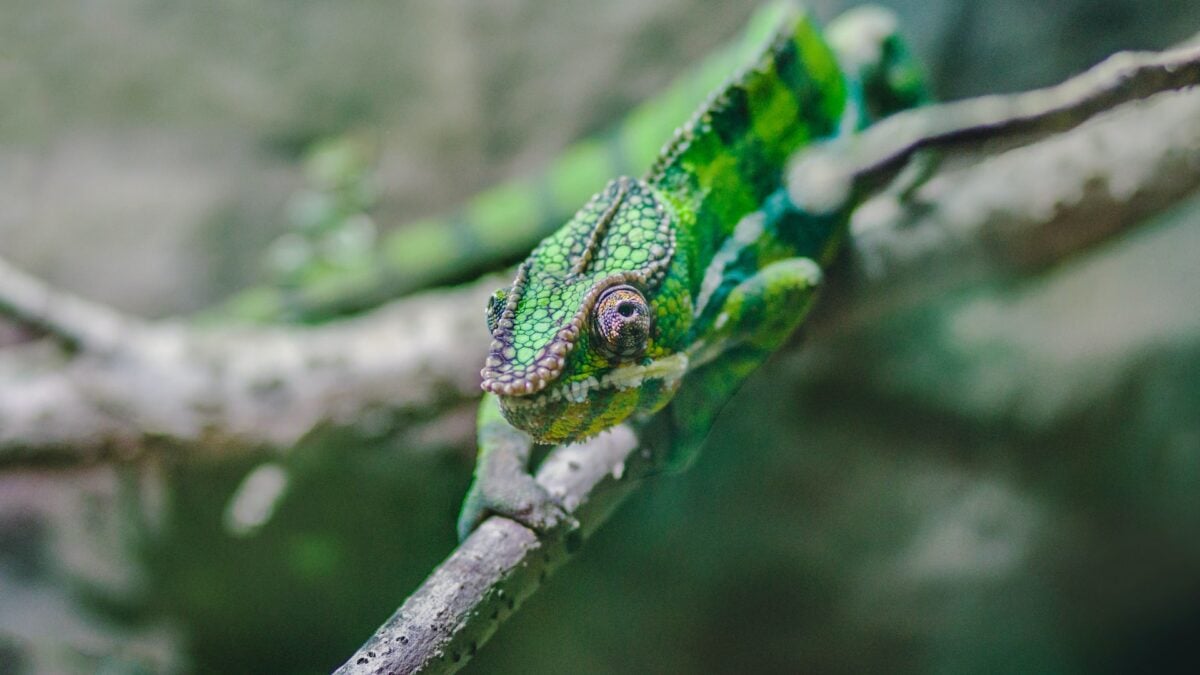
They require gentle handling and patience to develop trust and bonds with their owners. Here are some tips on how to handle and tame your pet lizard:
A. How To Handle A Pet Lizard:
- To prevent the potential transfer of harmful bacteria or chemicals, washing your hands before handling your pet is recommended.
- Support your pet’s body and avoid grabbing them by the tail, which can cause it to break off.
- Move slowly and steadily to avoid startling your pet.
B. Tips For Taming A Pet Lizard:
- Start by sitting near their enclosure and talking to them softly.
- Offer food from your hand to build trust.
- Slowly introduce handling by placing your hand near them, then gently touching their back.
- Slowly increase the timing of handling sessions.
C. Common Behavioral Issues:
- Hiding or Avoiding Interaction:
This could indicate stress or illness. If you suspect that it exhibits this behavior, it is advisable to seek advice from a veterinarian.
- Aggression:
Some lizards may become territorial or defensive. Lizards dislike sudden movements and loud noises and need space for themselves. Otherwise, they get angry.
Common Health Problems

Signs of illness may include loss of appetite, lethargy, and changes in appearance or behavior. Preventative measures include regular veterinary check-ups, providing a clean environment, and a balanced diet.
Pet lizards are susceptible to various health issues, including but not limited to metabolic bone disease, respiratory infections, and parasite infestations. Proper diet, UVB lighting, and a clean environment can help prevent these issues.
Wrapping Up on Pet Lizards
Keeping lizards as pets can be enjoyable, provided the individual is prepared to care for them. Before choosing a pet lizard, it is crucial to consider the housing requirements, diet and nutrition, handling and taming, and joint health problems.
By providing a suitable environment, a nutritious diet, and regular veterinary check-ups, pet owners can help ensure that their lizards remain healthy and happy. The rewards of caring for a pet lizard can be significant, with many owners forming strong bonds with their pets that last a lifetime.
Thanks for following along with us! Next up, How to Catch a Lizard.
Join our Forum for free today!

- Beachgoers Save Massive Shark Stranded In Florida - July 22, 2024
- Pit Bull Rescued From Being Chained Its Whole Life Gets A Surprise - July 21, 2024
- Dog With Zoomies Takes Flight Into Barley Field - July 21, 2024

